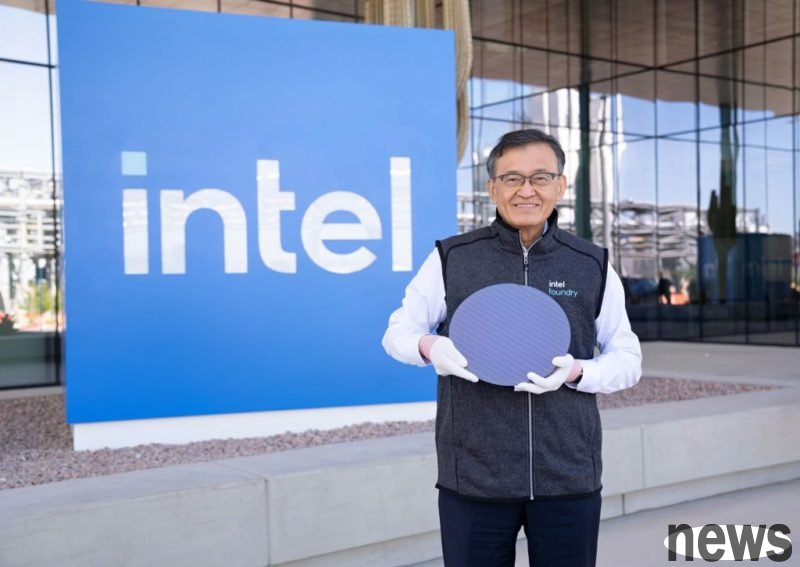
Under the wave of fierce competition in the semiconductor industry, Intel (Intel), the world's largest CPU supplier, has recently experienced a dramatic value reversal. Since August 2024, despite facing consecutive quarters of losses and damage to its market reputation, the company has successfully increased its market value significantly through a series of key strategic alliances and government investments. However, the performance of core business, especially foundry, will still be the focus of attention in the future.
Tom’s Hardware reported that Intel received a 10% stake from the US government in late August, which is undoubtedly a big victory. The importance of this investment from the United States cannot be underestimated. Notably, Intel's market capitalization was only $107 billion at the time of the deal. Today, however, the market capitalization has soared to a staggering $181 billion, generating billions of dollars in profits not just for Intel, but for the U.S. government.
In an interview with Fox News, Trump expressed his high degree of affirmation and regarded it as a huge success. Trump noted that $40 billion has been made since that big deal. When the U.S. government and Japan's SoftBank acquired shares of Intel, the stock was trading below book value, meaning the asset was worth more than its market capitalization. Although Intel has suffered losses in consecutive quarters and is not out of trouble, the lower market value is generally seen as investors' response to Intel's losses and its poor reputation.
In addition to government capital injections, Intel has recently reached an important strategic agreement with NVIDIA (Nvidia), a major player in the field of artificial intelligence (AI). Under this agreement, Intel will supply data center-grade CPUs for NVIDIA's AI platform. In addition, the agreement also stipulates that Intel will integrate NVIDIA-designed GPUs for Intel customers at the system level. In return, Intel will receive a 5% stake in NVIDIA.
Such an agreement is considered a huge financial victory for this struggling CPU manufacturer. More importantly, this cooperation is regarded as an important vote of confidence in Intel and its products, which essentially proves that NVIDIA recognizes the strength of Intel CPUs and generally recognizes the power of the x86 architecture.
Despite substantial investment and high-profile strategic cooperation, Intel's actual operating conditions in the market are still full of challenges. In terms of market trends, Intel managed to capture the major trends of 5G, cloud and high-performance computing. However, the company has largely missed out on the AI boom. Still, Intel continues to outpace its rivals in CPU supply in the data center and telecom segments.
In terms of traditional market position, although Intel is facing pressure from losing market share to rival AMD, it is still the world's largest supplier of CPUs for consumer and data center applications. The importance of this position is self-evident. However, Intel has not yet become a significant supplier in the foundry market. In particular, judging from the current situation, Intel's foundry services do not seem to have many major customers except AWS, Microsoft (Microsoft) and US defense-related businesses, which shows the difficulties it faces in gaining external foundry business.
Currently, Intel is about to launch mass production of its Intel18A process technology and plans to transfer a considerable portion of its production capacity from TSMC to its own fabs. Even so, many of Intel's core business conditions have not changed substantially since the U.S. government took a stake in August. The company is still losing money and is still losing market wars. In addition, it has not gained a more solid position in the foundry market. These facts further prove the point that although Intel has received good news in terms of strategic investment and technology development, the transformation road still needs to continue to pay attention to substantive progress.